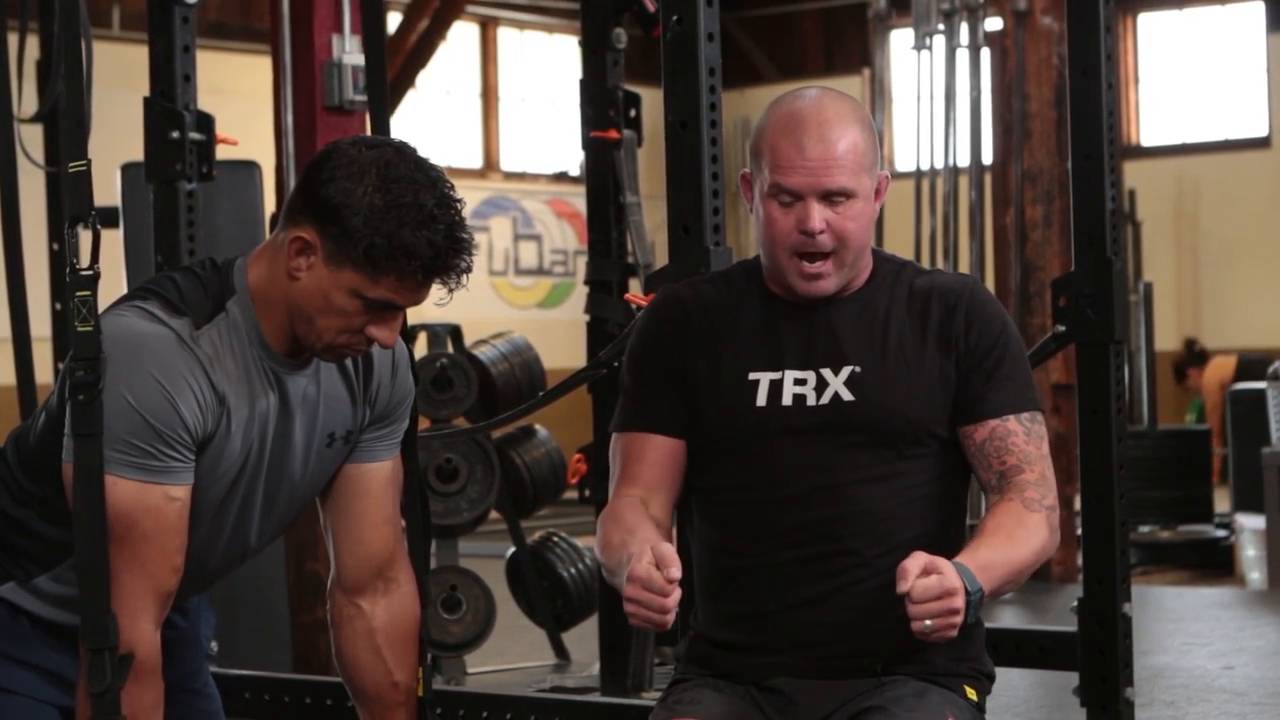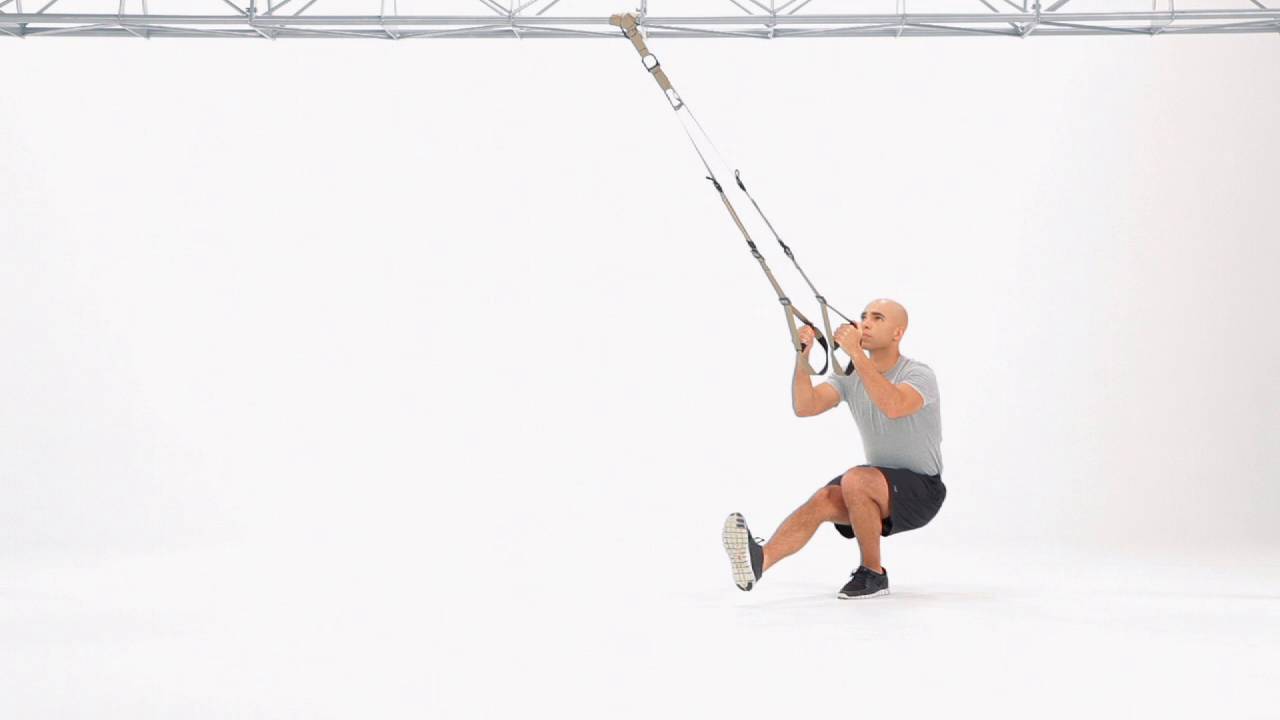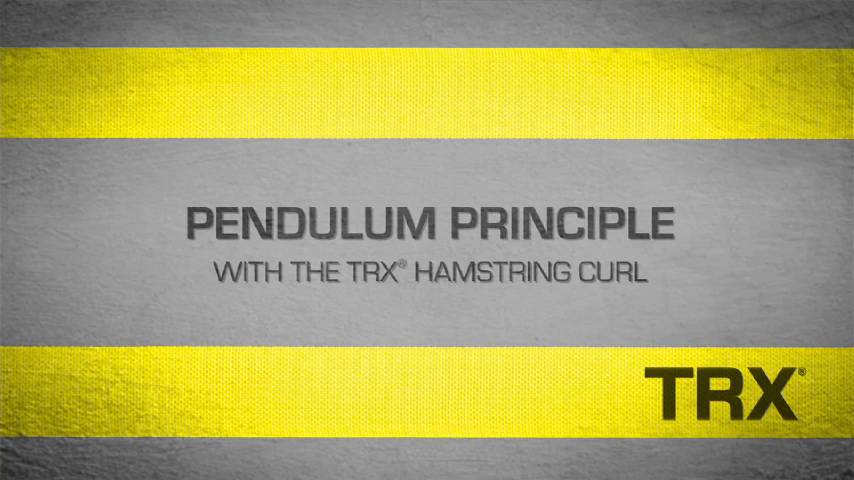By Chris Frankel, TRX, Head of Human Performance
Let's start out with the end of the story – the new TRX Duo Trainer was developed to round out the TRX Suspension Trainer so anyone, anywhere could get a tremendous bodyweight workout. Yes, gymnastic rings have been around since the early 19th century and other equipment with two anchor points is available. We waited to bring our dual-anchor trainer to ensure it met our standards for equipment that can wear the TRX badge. We needed a compelling reason -- and product innovation -- to add to the TRX product line... the new TRX Duo Trainer is both. Not sure which TRX equipment is right for your fitness level and goals? Take our quick fitness assessment quiz to get personalized recommendations tailored to your needs and receive custom workout solutions that will help you make the most of your TRX gear.
TAKE OUR TRAINING QUIZ
It all started with a relationship and identifying opportunities.
I met Kelly Starrett, DPT several years back when we were presenting at a conference. At the time I was living in Palo Alto and working for TRX in San Francisco. The Frankel family eventually moved north to San Rafael, CA. One of our first days in the new town, I was dropping a couple of my kids off at their new school and I ran into Kelly dropping off his children. We struck up a conversation, which led to a solid friendship.
During a visit to Kelly’s gym, San Francisco Crossfit, he mentioned that the Suspension Trainer constrains certain moves in his “archetype position” approach. Fast forward a few months and several iterations with TRX product development, we had a solve for several constraints on bodyweight training. Never satisfied resting on laurels, TRX prides itself on always trying to push towards better. Kelly Starrett and his coaches were instrumental in developing best practices. It is not often easy to find such authentically passionate professionals willing to collaborate. But we sure did find a great partner in Kelly and MWOD.
What’s old is new again and sometimes it was right at the start.
Around 1842, Adolf Spiess introduced an early version of what would become the gymnastic rings of today. “ Ringeschwebel,” roughly translating to “ring swivel,” was an apparatus used for gymnastic exercise, including swinging motions and hanging positions (schwebe also translates to hover). Spiess’ version would become “flying rings” and were replaced in the 1960s with the round rings we see today. The design of ringeschwebel included “metal stirrups” for handles. The stirrup design may have been simply borrowed from stirrup irons used for riding horses.
The straight handle design of ringeschwebel -- updated for the TRX Duo Trainer --solves for several common issues experienced using the round ring design. The round handle is not an ergonomically-friendly shape for many people. It is even worse for people with hand or wrist injuries/limitations when the use of a false grip may not be possible on the round handle. In addition, for most people the round handle-hand interface becomes the weak link or limiting factor in the system. If your grip gives out or the more focused pressure points on your hands with rings limits the amount of force or duration of exercise you can handle (see what I did there?) you are not getting the full benefit of the exercise. Going back to the straight handle makes gymnastic-type exercises more effective and more accessible for more people.
A little innovation goes a long way.
On its own a straight handle is not new, but we did our homework on the diameter and length. For the product to meet TRX standards, it had to bring more to the table than a handle improvement. In fitness and S&C settings where gymnastic rings are used, another common problem is adjusting the length/height for different people and for different exercises.... enter the “Infinity” strap design.
Founder and CEO of TRX, Randy Hetrick along with Mauricio Delgado, TRX Director of Product, huddled-up and came out with an elegant adjustment and anchoring solution. The Infinity Anchors and Mobile Grips on the Duo Trainer enable quick and accurate adjustments for Rock Bottom Chest Presses, Dips, and Pull-ups for people of all sizes. This design also lets you take your Duo Trainer outside to anchor to a tree, at the gym on a pull-up bar, squat rack or on the cross bar of a cable crossover machine.

But will my Suspension Trainer get jealous?
For over 10 years TRX has built its reputation on the Suspension Trainer.. There are numerous peer-reviewed studies on the effectiveness of the single anchor-point, limited slip design. The TRX Suspension Trainer provides a perfect mix of instability from the top down to create a proprioceptively rich environment with enough stability to drive high levels of force needed to build strength and power. The Suspension Trainer is a perfect tool for core work (peer reviewed evidence supporting this advantage), unilateral work (one arm or leg at a time) for balanced fitness development, pulling exercises (integrating the entire posterior chain) and even mobility work.
The TRX Duo Trainer’s two anchor-point design provides more stability from the top down, allowing traditional strength and conditioning exercises like horizontal pressing (chest press), vertical pressing (dips) and vertical pulling (pull-ups). The TRX Training Philosophy approaches movement-based training by identifying key Foundational Movements including push, pull, rotate, hinge, squat, lunge and step. While the Suspension Trainer holds down the title as “best pulling” piece of gear, the Duo Trainer is fast becoming the “best pushing” piece of gear and expands the bodyweight opportunities for pulling by making hanging, swinging and pull-ups more accessible to everyone.
Far from sibling rivalry, the TRX Duo Trainer and TRX Suspension Trainer coexist. Our pair of Trainers take bodyweight training to levels not easily accessible before by leveraging the TRX Movement Based Training methodology. This is a case of 1 + 1 = 5, where the sum of these two is much greater than their component parts.



